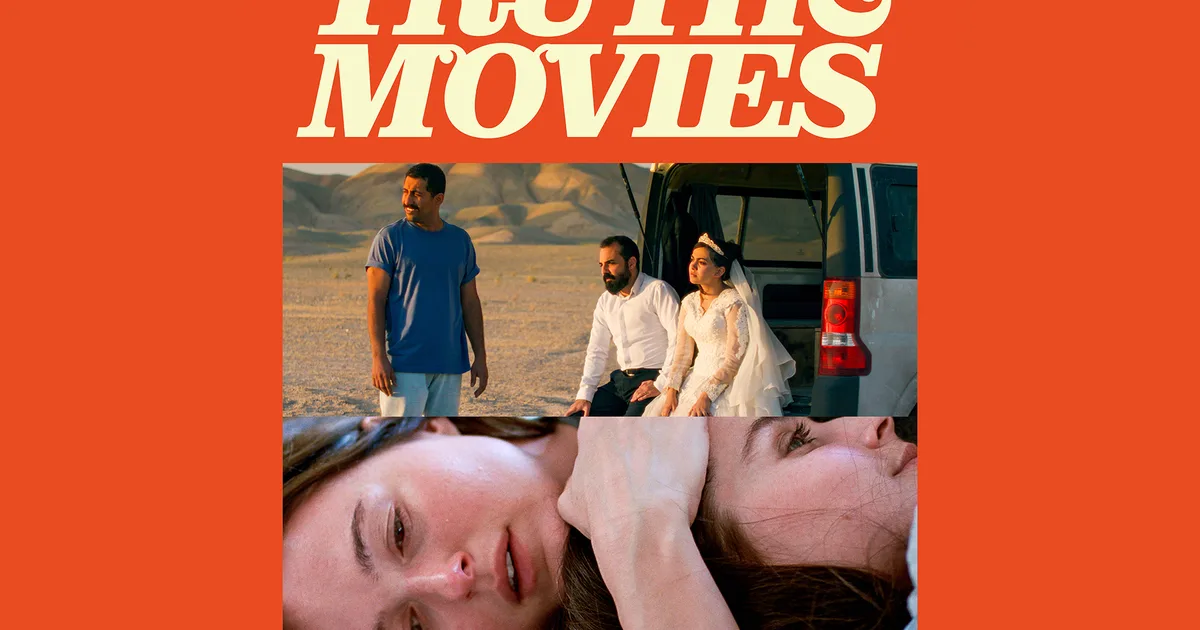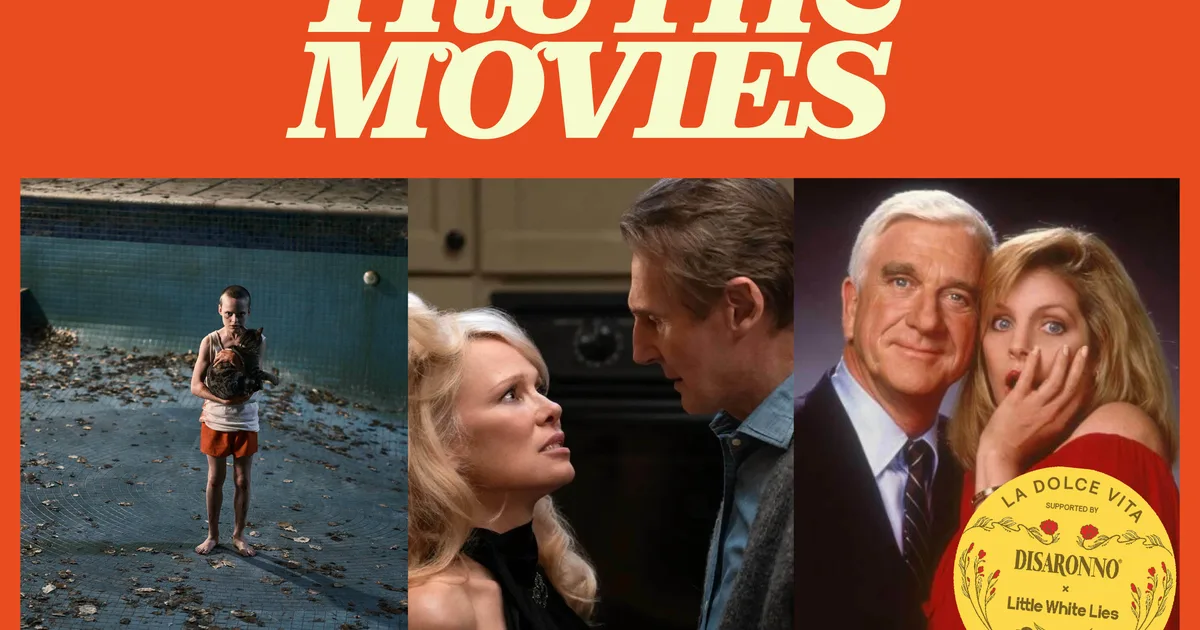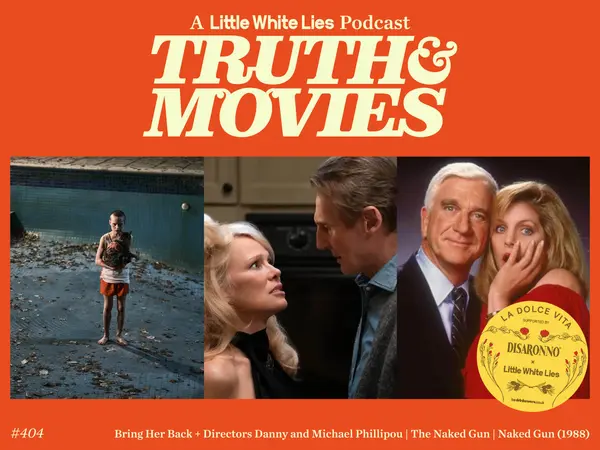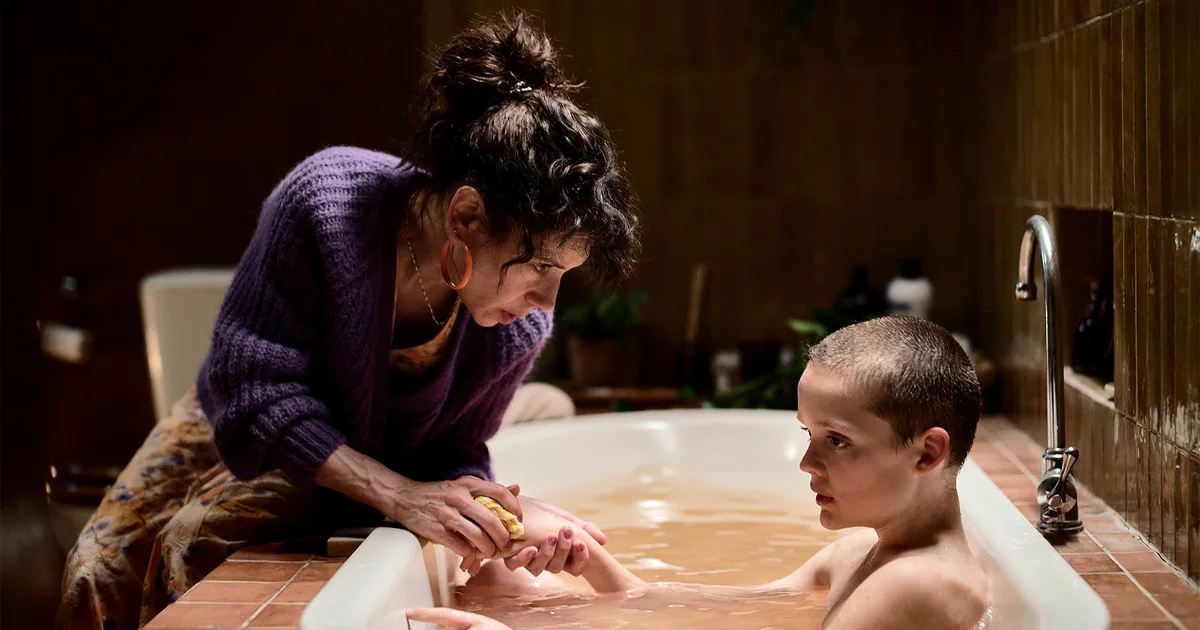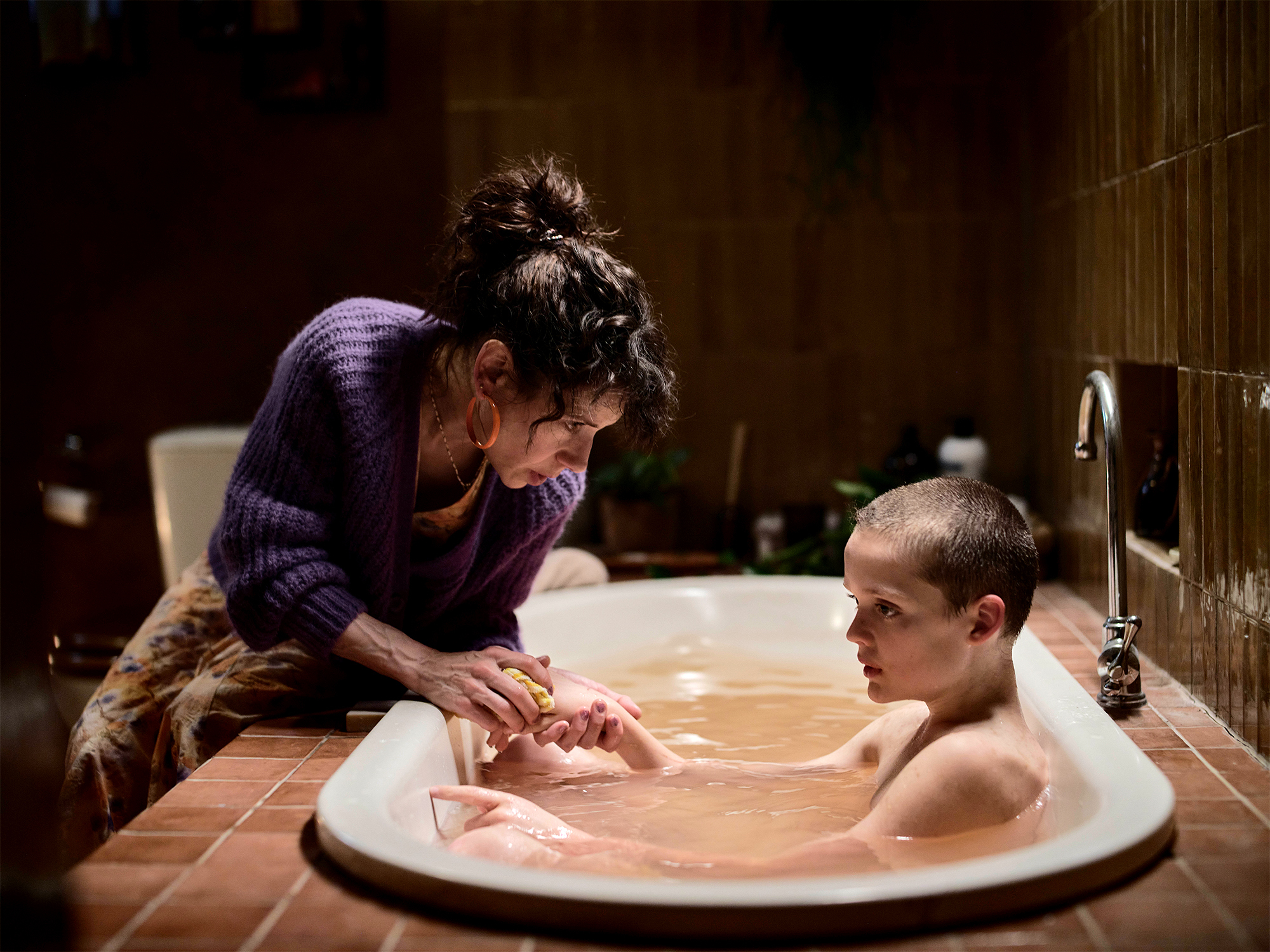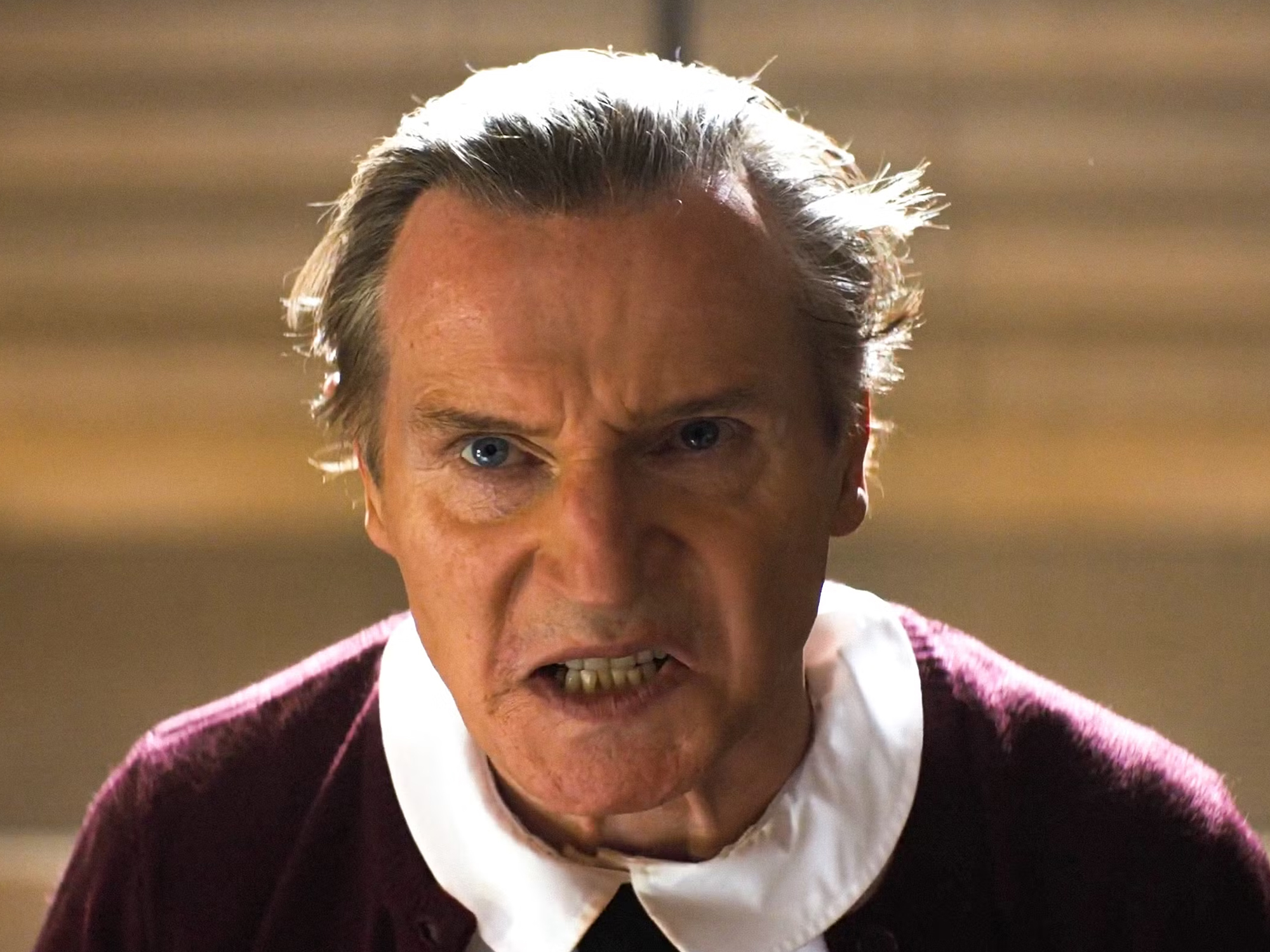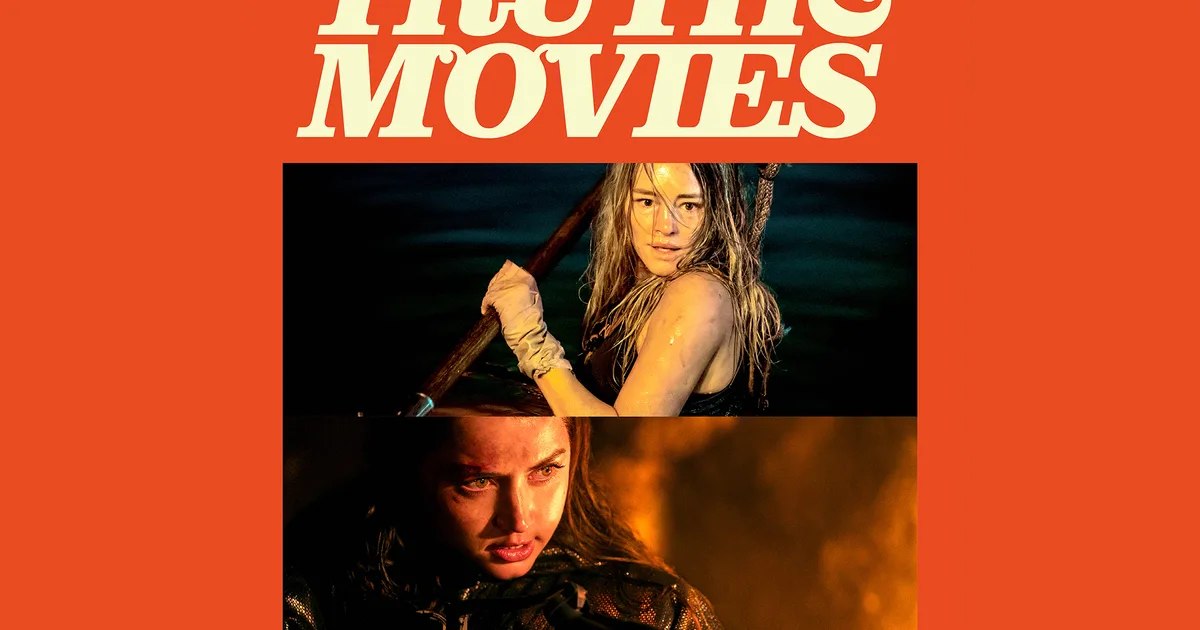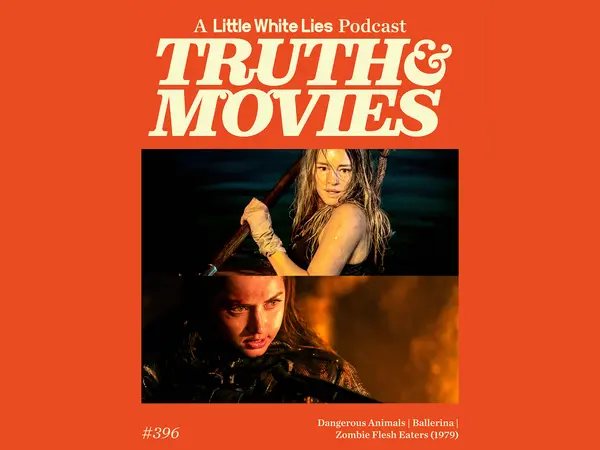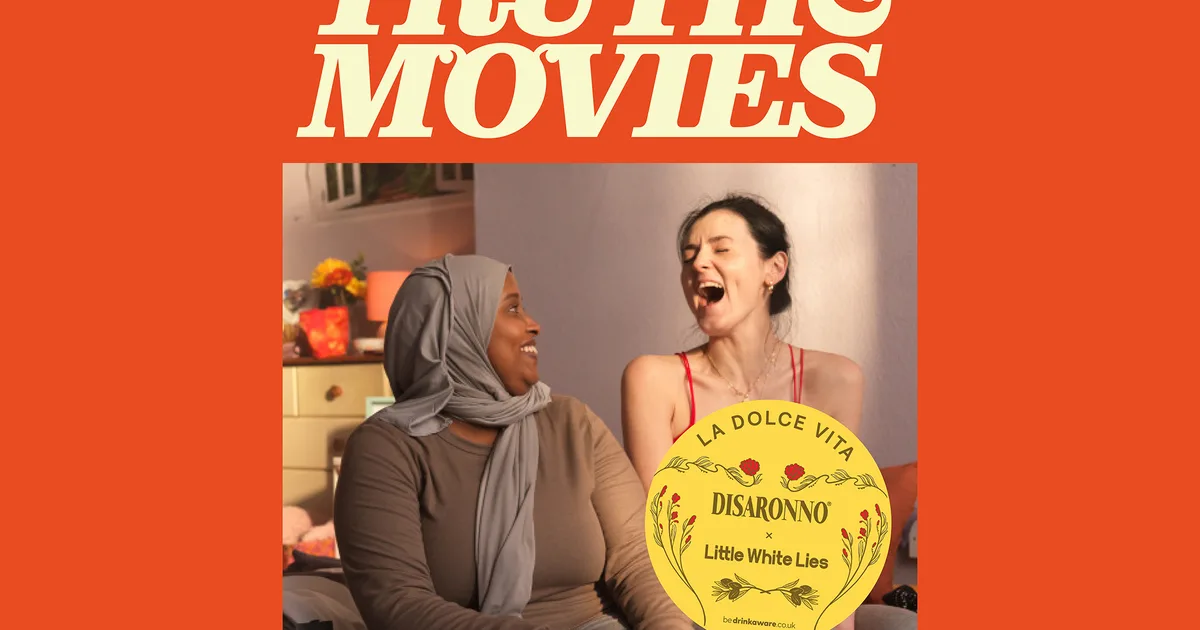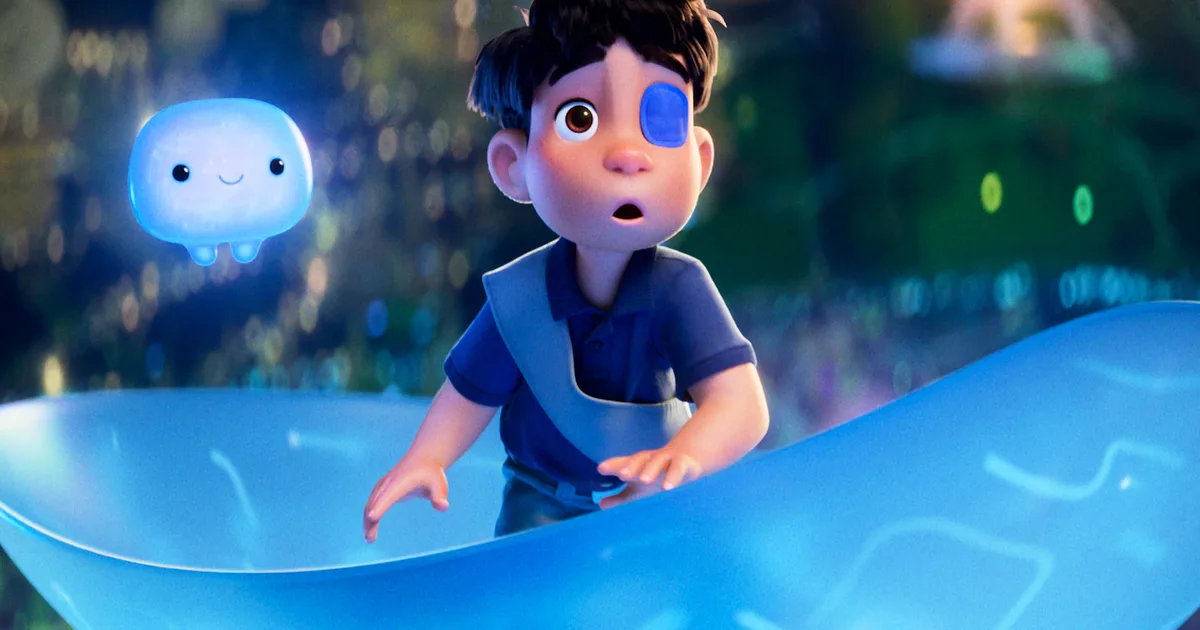We first meet Elio Solis (Yonas Kibreab) curled up beneath a booth table of a diner inside a museum. He’s a bit younger than he will be for most of the film, painfully shy and still reeling from the recent loss of his parents. His Aunt Olga (Zoe Saldaña), recently and unexpectedly appointed as his guardian, is struggling to adjust to her new role. While she’s momentarily distracted by a colleague, Elio slips away and stumbles into an immersive exhibition on the vastness of space – an otherworldly encounter that will alter the course of his life forever.
What follows is a deep obsession with the existence of alien life. Though Elio is no longer shy per se, he remains socially awkward and has difficulty forming friendships, not necessarily because his peers dislike him, but because he unintentionally distances himself from them. He harbors the belief that one day aliens will abduct him, but he’s reluctant to share. Several reasons underlie Elio’s intense longing to leave Earth: a desire to escape the painful memories of being orphaned; a hope to encounter beings who defy conventional norms, and a yearning to discover a life beyond the ordinary limitations of Earth.
Get more Little White Lies
After getting into a fight, Elio is picked up by his Aunt Olga and reluctantly brought along to the military base where she works. Curious and defiant, he follows her into a restricted meeting, only to discover that aliens have sent a message to Earth. Hiding in a nearby rubbish bin until the room clears out, Elio seizes the moment. In a burst of desperation and hope, he records a message of his own, pleading to the life forms on the other end and sharing his dream of one day joining their world.
Not only do the extraterrestrials receive Elio’s message, but they also respond. Fulfilling his wildest dreams, they abduct him and bring him to the Communiverse, a vast interplanetary alliance home to countless intelligent species. But here’s the catch: because Elio was the one to answer their signal, they mistakenly believe he is the ruler of Earth. Eager to impress the council of ambassadors who govern the Communiverse, Elio assumes the role and does his best to live up to the title. When Lord Grigon (Brad Garrett), a warlord of the planet Hylurg, threatens the very existence of the Communiverse and no one else dares to negotiate, Elio rises to the challenge, determined to protect the one place he finally hopes to call home.
It’s no surprise that as a literal child, Elio would fumble the negotiations, only managing to further enrage Lord Grigon. While secretly plotting his escape, he encounters Glordon (Remy Edgerly), the silk-worm-like prince of Hylurg and Grigon’s son. Adorable, naïve, and impossibly sweet, Glordon is the polar opposite of his father. He agrees to return to the Communiverse, initially as a pawn in the larger diplomatic game that Elio refuses to back down from, but what unfolds instead is a heartwarming friendship between two young outsiders who, for the first time, begin to feel at home, by each other’s side.
There are moments when the film feels slightly clunky, as if certain story elements either needed more time to develop or should have been simplified. This is most evident in the middle act, where the concept of the Communiverse, while imaginative, begins to feel overcomplicated. The same applies to its visual design – sometimes less truly is more. The abundance of colors and shapes, though ambitious, ends up blending into a stylistic blur. That said, the animation remains as technically impressive as audiences have come to expect from Pixar.
The first act of the film is exceptional and joyous to watch. Just as compelling is anything involving the friendship between Elio and Glordon, which ultimately becomes the emotional core of the story. What truly makes the film special is the remarkable voice work from young actors Yonas Kibreab and Remy Edgerly, who bring their characters to life with striking authenticity. Their performances are rich with passion, vulnerability, and emotional nuance, conveying everything from childlike curiosity to profound longing. It’s through their voices that the film’s heart beats strongest, grounding its fantastical world in something deeply human and moving.
There’s an undeniable charm to this film that makes it easy to be dazzled by. From its deeply lovable lead characters, who you can’t help but root for, to delightful surprises like a perfectly timed Talking Heads needle drop and effortless moments of humor. But what makes it truly special is its heartfelt exploration of universal themes like grief, loneliness, and the deep human desire to belong. It’s the kind of story that stays with you, gently reminding us that no matter where we come from, we’re all just searching for connection.
To keep celebrating the craft of film, we have to rely on the support of our members. Join Club LWLies today and receive access to a host of benefits.

